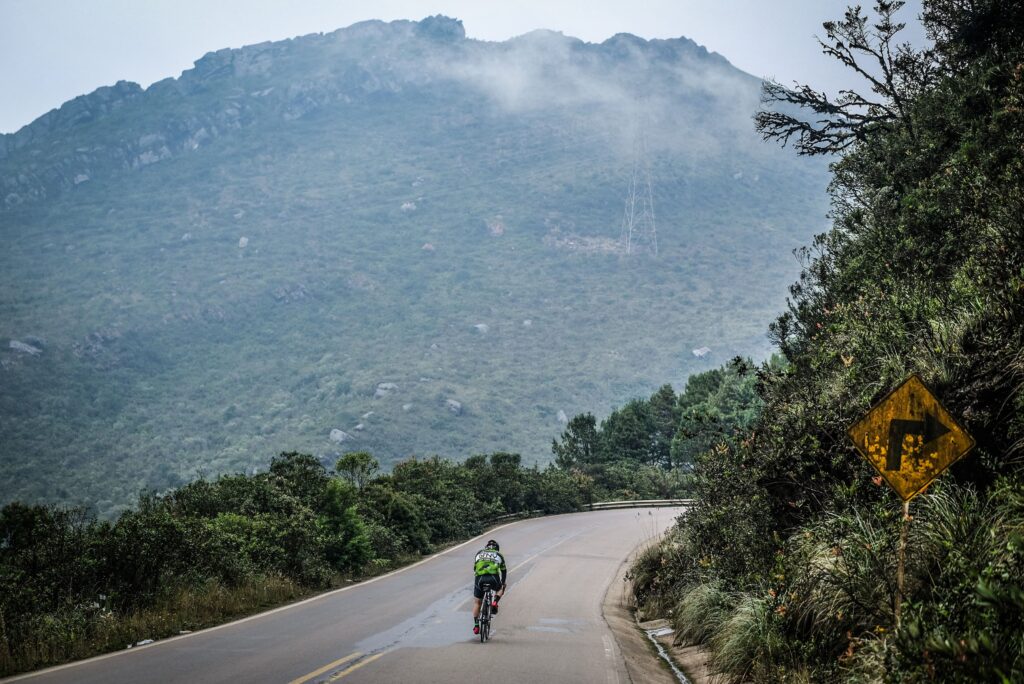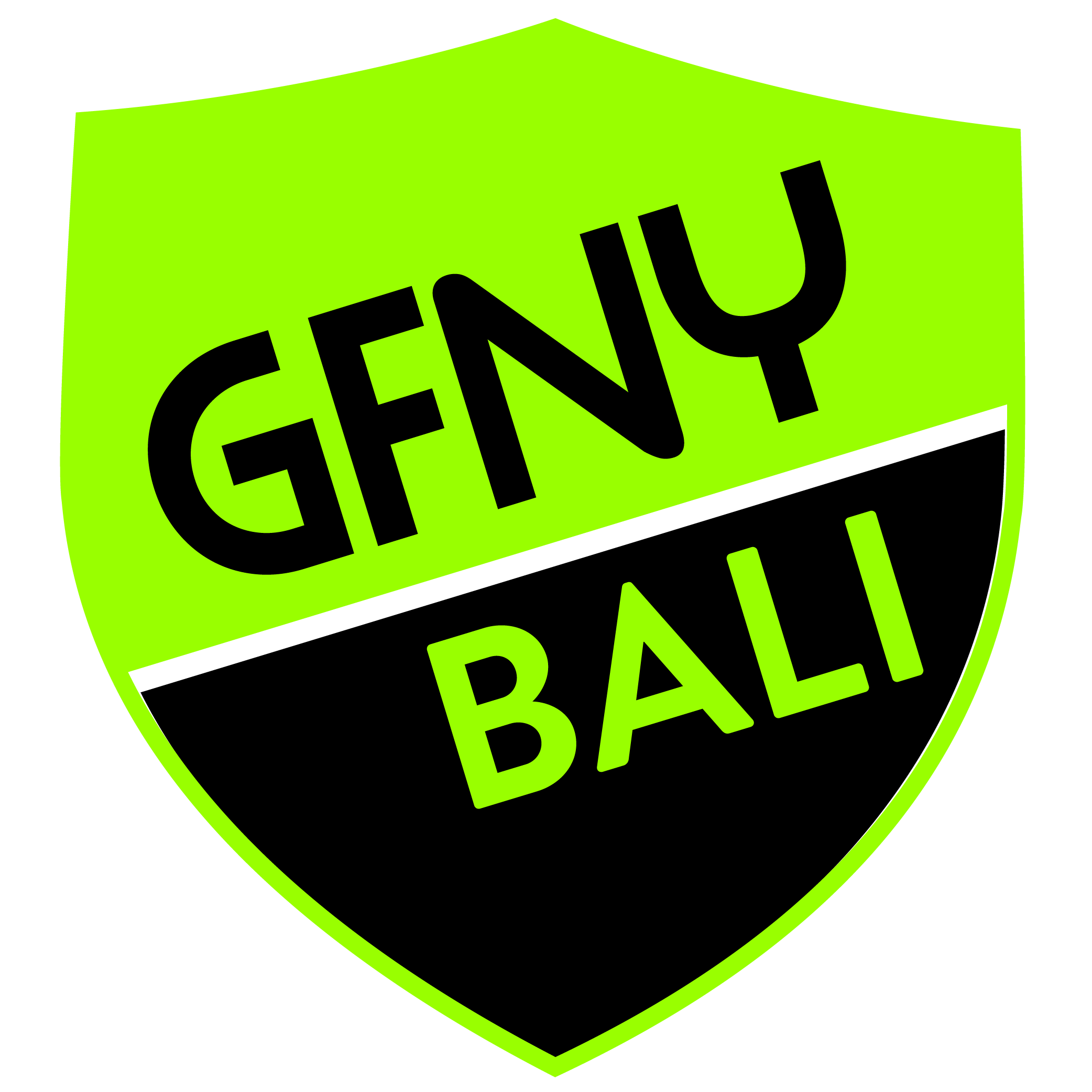GFNY Coaching Case Study: GFNY Colombia, 2018 vs 2019
There is nothing more gratifying for the coaching team at GFNY than helping athletes bust through plateaus and accomplish things they thought were beyond them. And although GFNY Coaching is brand new, your GFNY Coach, Christian Parrett, is not new to coaching or to helping athletes prepare for GFNY events.
You may be wondering what your experience will be like working with GFNY Coaching: How much can you improve, how will your training change, is this going to help you reach your goals?
Every athlete is different, so it is impossible to give concrete answers to those questions. However, looking at the experiences of other athletes can be a great way to get perspective on how and why coaching works. So, on occasion, we’re going to bring you case studies of athletes and show their path to success.
Introducing our Athlete
Your case study today is Frank Núñez, a Venezuelan athlete living in Bogota, Colombia. Frank has been an endurance athlete for many years, competing in triathlon, road cycling, and endurance mountain bike racing.
After some time away from serious training, Frank began to train in mid 2017 to prepare for racing in 2018. His goal events included GFNY Colombia, as well as a handful of marathon mountain bike races.
Frank placed 444th of 961 finishers at GFNY Colombia 2018 and 43rd of 109 in his category.
He went on to similar results in his mountain bike competitions. Frank was finding himself as a solid mid-pack athlete, respectably fit but hungry for more.

All GFNY events have large and competitive fields, and Colombia was no exception.
Stuck on a Plateau
Frank felt he was on a plateau with his training, and no longer improving, despite putting in his best effort. He contacted Christian Parrett, our GFNY Coach, in the fall of 2018. After speaking several times, Frank decided to work with Christian to train for the 2019 season.
The first thing Christian did was analyze why Frank was struggling to get stronger. He was training 5-6 days per week and seemed to be a motivated and dedicated athlete.
g into the data, Frank was training for 1-1.5 hours during 4-5 days per week, and on the weekend, he would do a longer ride (2.5-3 hours if training indoors, 4-5 hours if outside). Like many athletes with a job and a family, Frank could not dedicate any more time to training. They would have to find a way to improve without simply training more.
The first thing that jumped out was that Frank had been following plans that he had purchased online from a popular platform that sells pre-made training plans. Pre-made plans from most companies like this value flash and holding athlete interest over sticking to the principles of good training. So, as often is the case, Frank was doing interval workouts nearly every day, flogging himself to try and get better.
These high-intensity workouts were coming too often, and they were often not specific to Frank’s goals. Christian noticed right away where there was room to improve.
One common way to describe this problem is “if you’re going hard all the time, you’re never really going hard.” Frank was unable to give 100% during his intensity workouts, because he simply wasn’t recovered.
He also was lacking steady endurance rides in his training plan. This is a common issue for time-limited athletes: they think that because they are time limited, every ride must be intense. Unfortunately, this goes against solid scientific evidence that even in time-limited groups, including moderate-intensity endurance training is a key part of training.
Training Intervention
Frank’s mistakes in training are common for time-constrained athletes, so it was easy to create a plan to move forward. We made the following changes to his training plan:
Increase Endurance Sessions
Time constrained athletes are often terrified of low-intensity sessions, seeing them as junk miles that can’t possibly be challenging enough to drive improvement. However, as we mentioned above, they are a key part of endurance training.
Frank began to send more time below 75% of max heart rate, and at least three rides per week were strictly aerobic rides.
He also began to prioritize his weekly long ride each week. Instead of going out to group rides where he might hammer up the climbs and then sit at the top of the hill waiting for the rest of the group, turning the session into another interval workout, he began to ride steadier, logging 4 and 5 hour endurance rides when possible. When this was not possible, he did 2-2.5-hour endurance sessions indoors to replace them.
Reduce Amount of High-Intensity Workouts
Christian changed Frank from 3, 4 or even 5 interval workouts a week to 1 or 2.
However, the individual sessions were far harder than in the past. Christian also instructed Frank to give more effort on these workouts than he had been. At first this was confusing for Frank, since he felt like he’d been giving his interval workouts full gas already. However, after a few weeks he found that since he was hitting these workouts with fresher legs, he could go harder. As we said before, “if you’re going hard all the time, you’re never really going hard.” Frank realized that physically and mentally he was more prepared to push hard during his workouts.
The result of all this meant that Frank went from going “hard-ish” 4-5 times per week, to going really hard once or twice a week. This paid dividends right away, and power output started to climb steadily upwards.
Target Race-Specific Workouts
These changes to Frank’s training created a more ‘polarized’ intensity distribution; that is to say, training that was mostly easy and in high volumes, or intense and in small doses.
However, Christian still included some mid-intensity training, mostly in the form of low-cadence intervals, along with occasional tempo workouts and climbing efforts during long rides. Since GFNY Colombia included long climbs and required athletes to go hard once they were already fatigued, these workouts were specific to the demands of his competition.

The main challenges of GFNY Colombia were long climbs and high altitudes.
Results
Within a few weeks of changing his training, Frank began to see steady improvement. His power numbers were going up, his times of climbs were going down, and during weekend group rides he was able to keep up with riders who had dropped him in the past.
This improvement continued into the beginning of the 2019 season, and during the first races of 2019, Frank saw better results than he had during 2018. This added a boost of confidence that his rising power numbers and falling times translated into real-world success.
Race Day
Frank lined up for GFNY Colombia on March 24, 2019, after his first off-season working with his new coach.
Stronger and more prepared, Frank improved dramatically over the year before. This time he finished 238th, despite a larger field of 1070 finishers. A massive improvement of over 200 places, and he moved from mid-pack to well within the top 25% of competitors.
His age-group results shot up as well; he was 16th out of 108 finishers in his age group.
The course was slightly different, so it is impossible to compare his finishing times between each race. However, the main climb of the course was the same. Digging into those times a bit also gives us an idea of the magnitude of Frank’s improvement. The main challenge of GFNY Colombia in both years was La Cuchilla (the knife), a 6.9-mile climb with a 6.2% average grade and a staggering finish altitude of 11,0000 feet above sea level.
In 2018 Frank rode the climb in 1:04. In 2019, a year later, he rode up the same climb in 49 minutes. That is a staggering improvement and along with his improved placing, shows how much Frank was able to progress with several months of good coaching and hard work.

A proud athlete with his finisher’s medal.
The Future
Improving over the first few months of working with a coach is fantastic, but the real sign of a successful coach-athlete relationship is if the athlete can keep improving year after year.
Over the course of 2019, Frank continued to improve rapidly, and his results in the rest of his 2019 racing steadily trended upwards.
In 2020, Frank planned to return to GFNY Colombia. Such was his improvement over the rest of 2019 that he set his goal for 2020 as a top 100 placing and top 5 in his age group, a challenging but realistic goal.
Unfortunately, as we all know, GFNY Colombia and most of the 2020 racing calendar had to be put on the shelf due to the Covid-19 pandemic. However, Frank continues to work hard and improve, and will be targeting a GFNY event or two in 2021.



